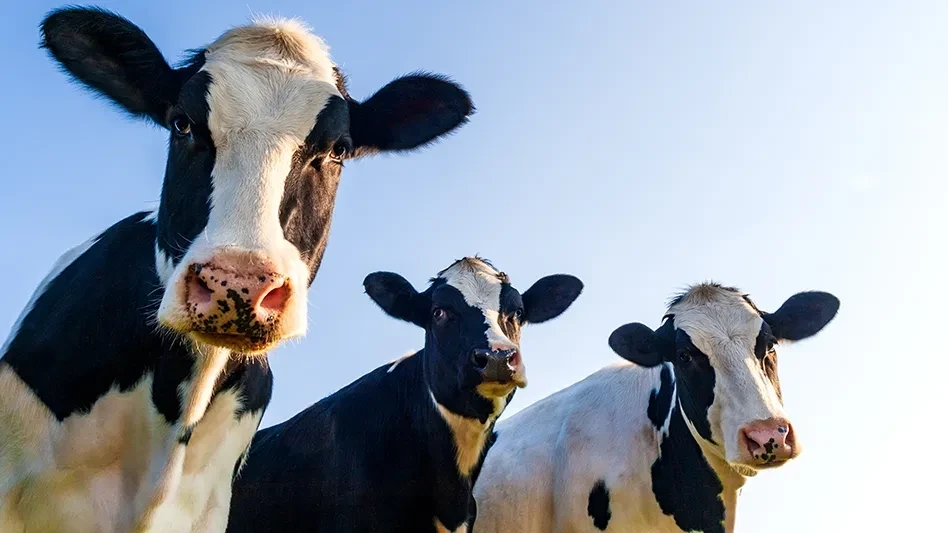
1. What should you prioritize when launching a food product into global markets?
Entering new markets is complex when navigating federal, state and local requirements. Access to industry-specific expertise is imperative in scanning the regulatory horizon to anticipate labeling, ingredient and nutritional requirements. Safety and compliance requirements must be proactively factored into product and packaging design. Labels, packaging and promotional materials must be translated into languages along the distribution chain with sensitivity to local nuances.
2. How are global supply chain pressures and “locavore” diet trends impacting food safety?
Geopolitical issues and the pandemic underscored the fragility of global supply chains, leading food businesses to seek alternative suppliers. With more products crossing borders, checks for quality, safety and compliance have increased. Conversely, the focus on “hyperlocal” supply chains has allowed distribution within jurisdictions to flourish. Overall, we have seen increased activity and complexity, combined with a scarcity of industry expertise to support businesses.
3. Is technology shifting the classic role of the food safety and compliance expert?
When applying digital solutions such as AI and predictive analytics, the challenge is “garbage in equals garbage out.” Compiling all the regulatory inputs for a given product or jurisdiction is complex and requires a symbiotic effort between the expert and the digital tool. This is particularly true for translations, as the end product must be comprehendible to the average market consumer.
4. How does the emergence of sustainability and ESG pressures impact the food industry?
This is a time of extreme regulatory change — particularly in the EU, where in 2025, tens of thousands of companies must formally report climate, deforestation and ESG data. This impacts those with agricultural exposures and/or products with significant packaging and waste. Those who haven’t previously benchmarked their carbon footprint at the facility and product levels will have to accelerate reporting efforts to meet increased expectations from markets and regulators.
5. What are the ramifications of increased concerns around foodborne illness and recalls?
There’s a direct link between weak food safety and regulatory compliance measures and higher incidents of illness and recalls. With today’s social media and news cycle realities, gone are the days when an issue linked to food can be contained. The bar is raised on risk management and requires stakeholders to proactively mitigate risk and its devastating impacts on a company’s brand and culture.

Explore the Sept/Oct 2024 Issue
Check out more from this issue and find your next story to read.
Latest from Quality Assurance & Food Safety
- IDFA Presents Leadership Award to Six Federal Officials at Annual Celebration of Dairy Reception
- Seeding The Future Global Food System Challenge is Changing Lives: Winners Reflections
- Raw Farm Products Recalled Following Bird Flu Virus Detections
- FDA Issues 2024 Voluntary National Retail Food Regulatory Program Standards
- GSA Launches Assurances Platform, Prism and Webinar Series in Partnership with Wholechain
- Multistate E. coli Outbreak Linked to Iceberg and Romaine Lettuce Blend
- FDA, USDA Seek Information About Food Date Labeling
- William Marler, Food Safety Advocate and Lawyer, Condemns Lack of Safety of U.S. Food Supply





